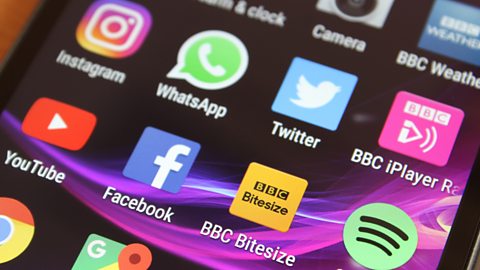What is the media industry?
The ±«Óătv's New Broadcasting House is home to one of the world's biggest media companies
The media industry can be defined as a varied collection of organisations that share the production, publication and distribution of media textAny media product such as a TV programme, film, magazine, video game, newspaper, music track or album created for an audience.. Examples of media organisations include:
- ±«Óătv
- ITV
- Netflix
- Disney
- News Corp
- Nintendo
- Marvel
- The Guardian
Media texts can be used to inform, entertain, or promote ideas or products.
Audiences can consume media texts in many different media formatA media format refers to whether the content is video, audio, print based, or a combination such as a website or video game. on a range of media platformA media platform is where a media text is presented; this can be TV, cinema, computer, games console, digital media player, smartphone, tablet, magazine, or newspaper.
âTraditional mediaâ or âold mediaâ are the names given to the industries that existed before the internet, like radio, print and television.
Some examples of what is termed 'traditional media'
There are also emerging formats and platforms for media texts that have developed since the rise of the internet. They are called ânew mediaâ and include:
- Websites
- Blogs
- Vlogs
- Online games
- Podcasts
- Apps
New media is on-demand content accessed via the internet through digital devices, such as personal computers and smartphones.
New media texts can involve interactive elements such as audience engagement and feedback.
Technological advancement has allowed previously separate media industries to develop media convergenceWhen audiences use one platform to consume various types of media texts..
Media convergence lets audiences use one platform to consume various types of media texts.

Smartphone apps can drive media convergence
For example, on a smartphone, tablet, or laptop you can listen to the radio or download music, surf the internet, watch videos, read newspapers and magazines, and participate in social media.
Popular social media sites like Twitter and Facebook are drivers of media convergence as they allow audiences to post links to a variety of media texts that they want to share.